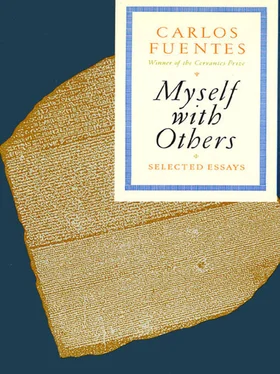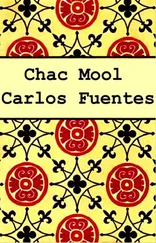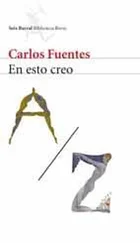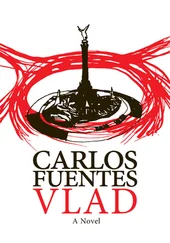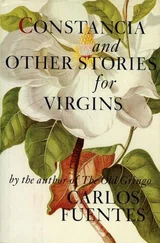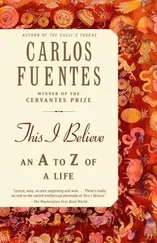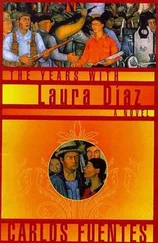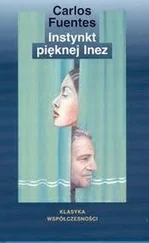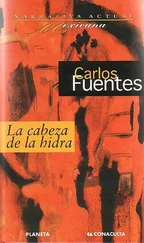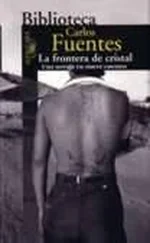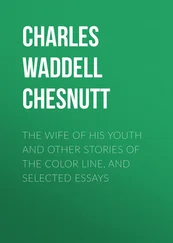Thus, in its very detail, the narrative art of Gogol explores the polyphony of what is pluralistically narrative. He embodies democratic truth in comic movement: the refusal of the final vision is the refusal of the final version. Identity is problematic because it is always becoming, on the road, in exchange, in doubt, in inspiration.
“There is more in those works than what they are.” With these words, Sinyavsky defined not only the art of Gogol but perhaps all narrative art. “No one heard me complain,” Gogol writes to his mother from school. “I praised those who were the cause of my disgrace. It is true that for all of them I am an enigma. No one guesses who I am.” Fiction, says Donald Fanger, offers the absences that fiction itself has exhibited. And he adds: Gogol’s task was to protect himself from the gaze of the Medusa.
But his death consisted, also, in succumbing to the Gorgon: he became his own Medusa; he finally identified himself. He ceased to be Perseus. But since Gogol is a textual character with a textual biography, this gaze could happen only within the creation of Nikolai Gogol. It occurs in 1846, when Gogol, subjected to the freezing rigors of the waters at Ostende, decides to tack on a new final act to that perfect work, The Inspector. In this act, an actor crowned with laurels (Gogol himself) explains to the audience that his play is not a vulgar satire but a work of profound mystical meaning. The actor/author even declares to the public: “The inspector is our conscience.”
We gasp at this betrayed Kafka: now we know who is who in The Castle. Now Joseph K knows why he is on trial. Now Gregor Samsa declares from his hard bed that the world is cruel, ingratitude an everyday happening, and appearances decisive.
Gogol’s final metamorphosis was as a failure. He was the author, as his biographer and critic Vladimir Nabokov says, of his own auto-da-fé. When he accepted that things have a final version, he imposed on them a unique vision. In Selected Passages and in the second part of Dead Souls, the fateful announcement contained in the phony final act of The Inspector comes true: Gogol wants to be taken seriously; he wants to be the conscience of Russia. He was precisely that, up until then, because he did not pretend to be that. He ceased to be that as soon as he took on this redeeming mission. He ceased to write; he ceased to live.
But from his death, and in his life, something arose, living: the heroic effort to reconstruct the world shattered into a thousand pieces by the demons of the Nevsky Prospekt: Gogol’s world of transvestite narrators, disguised, filled to the brim with stories, both stories and author unfinished, partial, authors of a ruined but generous reality.
XI
Too often, between a writer and the reader of criticism on the writer, a wall of misunderstanding rises. The writer is sometimes reduced to fit a preformed ideologic or aesthetic shoe. Or he is accused by the critic of not writing what the critic wanted to read; he is asked, in other words, to write as the critic would like him to write and about what the critic would want him to write.
Donald Fanger does exactly the opposite: he creates a continuous critical transparency between Gogol’s work and the critical correspondence that this work deserves. In Fanger, Gogol has found his critical correspondence, much as Balzac in Curtius, Kafka in Benjamin, Conrad in Leavis, Proust in Barthes, Neruda in Dámaso Alonso, Fernando de Rojas in Stephen Gilman, Cervantes in Claudio Guillén, Emily Brontë in Georges Bataille, Rabelais in Bakhtin, Faulkner in Cleanth Brooks, Sterne in Shklovsky, Rubén Darío in Paz, or, supremely, Homer in Simone Weil.
This correspondence supposes a reading equivalent, not more, not less, to the creative effort critically considered. It may be a full-length work, such as that devoted by Albert Béguin to the romantics; or an acute theoretical note, such as Bertrand Russell’s on Tristram Shandy; or a few pages, as Lawrence’s on Melville; or even a few sentences, as Borges on a thousand and one things. The work has been answered; it has found, like metaphor itself, the other shore of intelligence. It shall never again be an isolated fact, but a continuous event. Thanks to the true critic, the work starts to resemble its readers. This is the dimension of Donald Fanger’s reading of Gogol.
Luis Buñuel and the Cinema of Freedom
In the first scene of An Andalusian Dog (1928), a young Spaniard called Luis Buñuel slowly puffs on a cigarette and sharpens a razor. He looks at the nocturnal sky. A passing cloud bisects the moon. Buñuel separates with his fingers the eyelids of a woman who looks at us and sees that we see her. Buñuel brings the razor close to the open eye and slits it with one swift slash. Vision overflows. Vision becomes contagious.
More than fifty years later, a Spaniard called Luis Buñuel — not an old man, simply a young man who now happened to be eighty-three — sat in the bare study of his house in Mexico City, surrounded by high monastery walls crowned with broken glass, and repeated his steadfast credo: “If only it were free, the cinema would be the eye of freedom. But for the time being, we can sleep in peace. The eye of the cinema is shackled by audience conformity and commercial interests. The day the eye of the cinema awakens, the world will catch fire!”
Ever since An Andaiusian Dog, for Buñuel the screen was a sleeping eye that could only be awakened by a camera as sharp as a razor, a nail, an ice pick: the eye of the cinema would be a wound that never heals.
The unity of Buñuelian cinema is born of a conflict between the way you see and what you see. And this conflict is inseparable from a pilgrimage, a going from the security of the enclosed place to the risks of the shelterless outdoors. Milan Kundera has said that the world changes when Don Quixote leaves the enclosed universe of his God and his library and goes out of himself to meet a changing world. This is both the Hispanic and the modernist root of Buñuel’s cinema: the Spanish hero is not Tom Jones or Robinson Crusoe, who are the product of the progressive peak attained by their society and are, in this sense, attuned to it. Nothing — the Inquisition, the Counter-Reformation, the Hapsburg monarchy — validates the creation of Don Quixote, whereas everything — the expansion of commerce, the rising middle class, Parliament, and political freedom — validates Robinson Crusoe. The English hero is invented thanks to society; the Spanish hero, in spite of society. The Spaniard is the hero of what is lacking, what is not there, what he hungers for, what he desires.
“Desire” is the key word for the understanding of the Buñuelian universe. But in him this most human, erotic, and earthbound of words achieves an almost mystical tone, as though desire were the sacrament that truly sends men and women on these daring pilgrimages of the psyche and soma where they confront both the dark night of the soul and the bondage of the flesh as though they were accomplishing some sort of priestly mission, a sacerdocium, a sacrifice through movement.
The erotic sacredness of the lovers in L’Age d’Or (1930) is inseparable from the sacrality of solitude, work, and fraternity in Buñuel’s version of Robinson Crusoe (1952). And the paranoid, masochistic, necrophiliac, and fetishistic priesthoods of Séverine de Cérizy in Belle de Jour (1967) and of Heathcliff in Abismos de Pasión (Buñuel’s Mexican version of Wuthering Heights, 1954) are as important and valuable as the mystical priesthood of the clergyman Nazarín and the novitiate Viridiana in films Buñuel made in 1959 and 1960. For all these contradictory characters have something in common: in one way or another, through eroticism or fraternity, through crime or perversion, they perceive a world beyond their skins, and this perception forces them to act, to connect with a world they must transform if their desires are to be actualized.
Читать дальше
